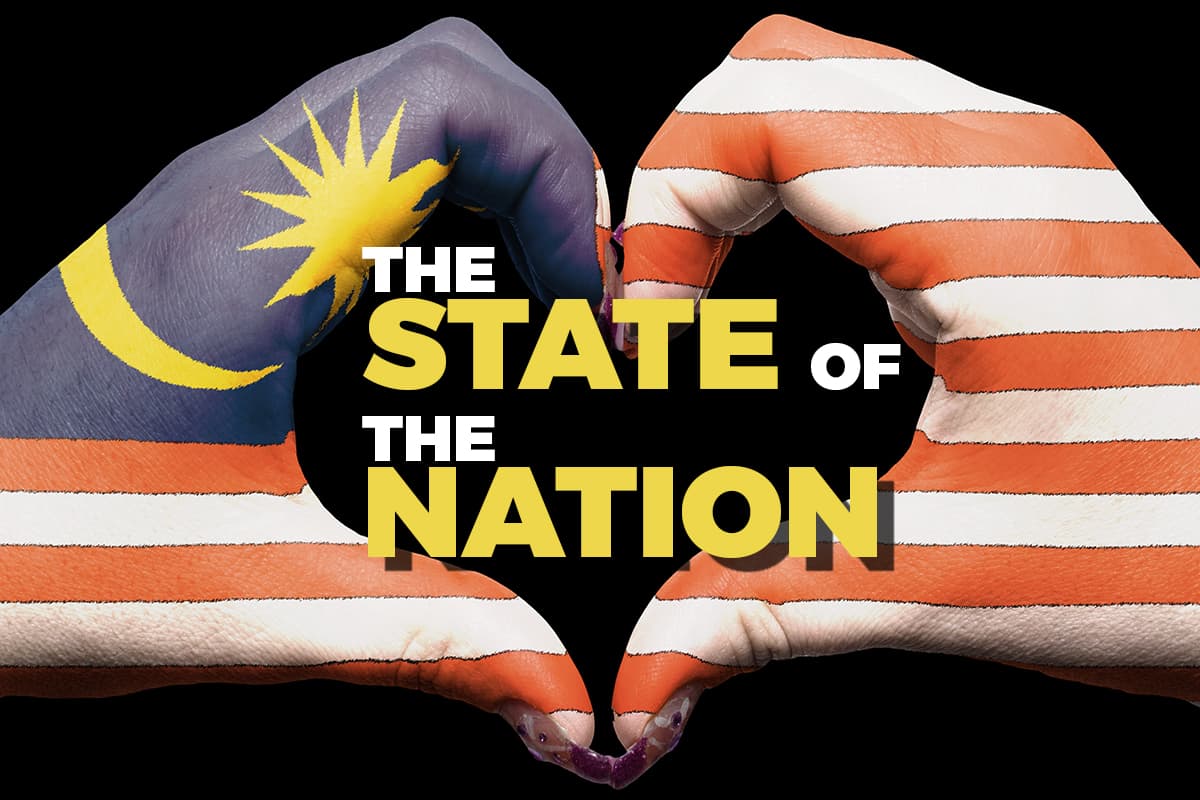
This article first appeared in The Edge Malaysia Weekly on July 6, 2020 - July 12, 2020
WHEN country borders were closed and exports restricted this year due to the Covid-19 pandemic, food supply chains were disrupted, bringing up concerns about food security and being dependent on food imports.
Recent figures show that Malaysia’s food imports rose to RM54 billion in 2018 from RM43 billion in 2013. The figure is likely higher now.
It is a given that no country in the world is able to be 100% self-sufficient in all food crops.
As David Dawe, a senior economist and regional strategy and policy adviser at the Food and Agriculture Organization (FAO), puts it: “All countries import some types of food and export other types. It is impossible for all countries to be net food exporters.”
However, it still begs the question: Is Malaysia doing herself a disservice by relying on food imports deemed as staples? Because, unlike neighbouring country Singapore that imports almost all of its food produce, Malaysia has been blessed with land.
Even Singapore is upping its game to ensure food security. It recently offered S$30 million (RM92 million) in grants for farms to speed up the production of commonly consumed food such as eggs, vegetables and fish. The city state aims to produce 30% of its nutritional needs by 2030, from less than 10% currently.
“While Malaysia has achieved self-sufficiency in a number of cases, agricultural productivity remains low and there is clearly scope for further gains in reducing dependency while also emphasising further diversification through export-oriented agriculture.
“The experience [gained during] the Covid-19 pandemic has reminded us of the risks of excessive dependency on imports. In a country like Malaysia, a food crisis can be very costly from a political point of view,” says Dr Niaz Asadullah, a professor at the faculty of economics and administration at Universiti Malaya.
It has to be highlighted that Malaysia has achieved self-sufficiency in several types of food.
In fact, Bank Negara Malaysia, in its bulletin for the third quarter of 2019, reported that of 33 commonly consumed agriculture products, 16 have a self-sufficiency ratio (SSR) of more than 100%. The report further adds that Malaysia is also a net exporter for half of these foods.
Looking at the situation from an import perspective, Bank Negara says the share of imported content in total food supply amounts to 24%.
FGV Holdings Bhd notes that the SSRs for some of the basic food items such as rice, dairy products and meat remain low. Beef is largely imported, while rice has an SSR of 70% and dairy products, 58%.
The agribusiness company says it has identified six metrics that affect the country’s readiness in achieving sufficient levels of food — the availability of suitable land; mechanisation; participation of the younger generation in farming; new high-yield crops; disease-resistant crop variety; and production of high-quality harvest throughout the supply chain.
To that end, it has undertaken several initiatives in its five-year integrated farming strategic blueprint.
“FGV has allocated a substantial area of the food production cluster in Perlis known as FGV Agro Food-Valley for cassava cultivation. Part of the 4,400ha land has been designated to produce 128,000 tonnes of raw cassava roots for halal starch production. The circular economic spillover from the availability of cassava biomass and pulp waste will be used to feed our dairy cattle within the cluster, while the organic waste from dairy cattle farming will be used to fertilise the cassava farming area — a true example of how we adopt sustainability in our projects.
“The fully mechanised production system from land preparation to harvest will create more skilled worker job opportunities for the locals and promote participation of our younger generation in farming,” it explains.
It should be noted that importing food is more practical in some cases. Where economies of scale cannot be achieved compared with other countries, importing might be a better way to obtain certain foods at a cheaper cost.
Khazanah Research Institute research associate Ahmad Ashraf Ahmad Shaharudin says aiming for 100% self-sufficiency is not only impractical but also does not guarantee food security.
“Food security means food is accessible to all at an affordable price. If self-sufficiency means the cost of food is higher, and hence economically inaccessible to a certain segment of the population, it actually jeopardises food security,” he points out.
Ashraf says a better strategy is to diversify the import sources so that Malaysia is not dependent on only one source country for a particular food, especially when it comes to essential foods.
According to data from the Department of Statistics Malaysia, mutton and fresh milk consumed locally are imported from Australia, beef from India and chilli and mango from Thailand.
On the other hand, net food importer Singapore boasts a diversified import source as a way to enhance its food security. In 2019, it imported food from 170 countries.
Ashraf suggests that instead of asking whether the country can be self-sufficient, the more pertinent question is whether Malaysia is optimising its resources for current and future food production.
Save by subscribing to us for your print and/or digital copy.
P/S: The Edge is also available on Apple's AppStore and Androids' Google Play.
